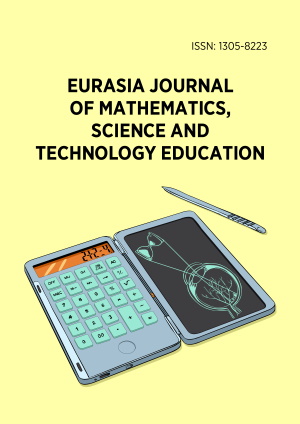Abstract
Flipped learning is the opposite of traditional classroom learning; students learn the lesson at home before class, then the assignment is completed in class. This study aims to fill this literature gap on science teachers’ perspectives on flipped learning, based on their experiences. This study employed a qualitative approach using semi-structured interviews with nine science teachers. The results show that science teachers seem to know what flipped learning is and how to use it, and they have sufficient information about flipped learning. The most significant advantage of this teaching strategy is that it saves time and effort during class, whereas the most significant disadvantage of flipped learning is the differences among individual students’ levels due to a lack of awareness of the educational content sent to them while at home.
License
This is an open access article distributed under the Creative Commons Attribution License which permits unrestricted use, distribution, and reproduction in any medium, provided the original work is properly cited.
Article Type: Research Article
EURASIA J Math Sci Tech Ed, Volume 21, Issue 9, September 2025, Article No: em2697
https://doi.org/10.29333/ejmste/16828
Publication date: 01 Sep 2025
Online publication date: 29 Aug 2025
Article Views: 2244
Article Downloads: 1259
Open Access References How to cite this article
 Full Text (PDF)
Full Text (PDF)